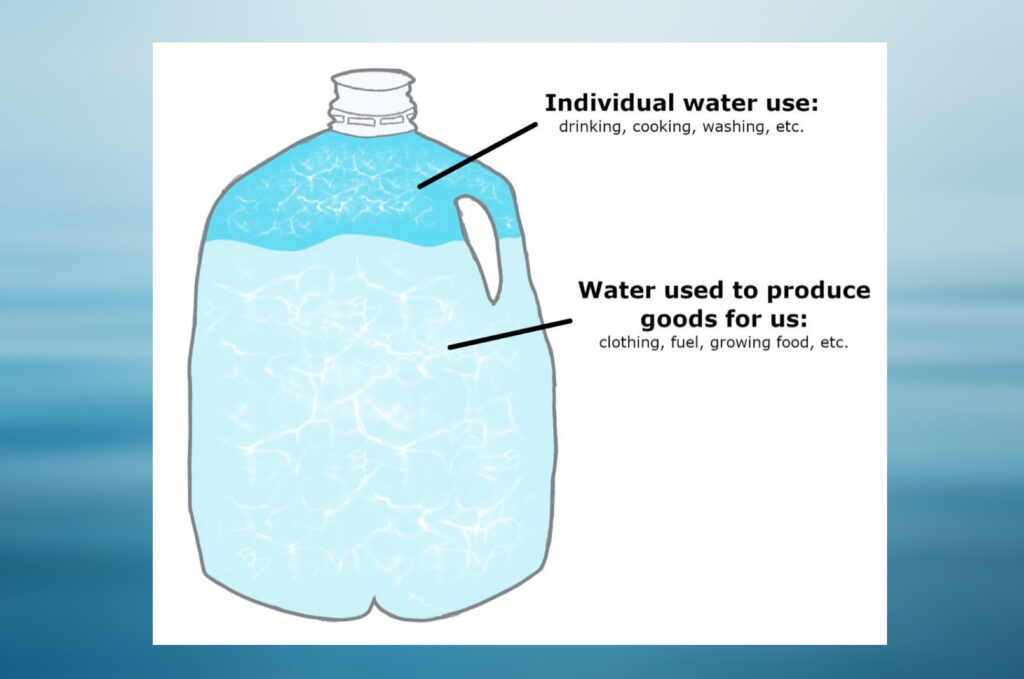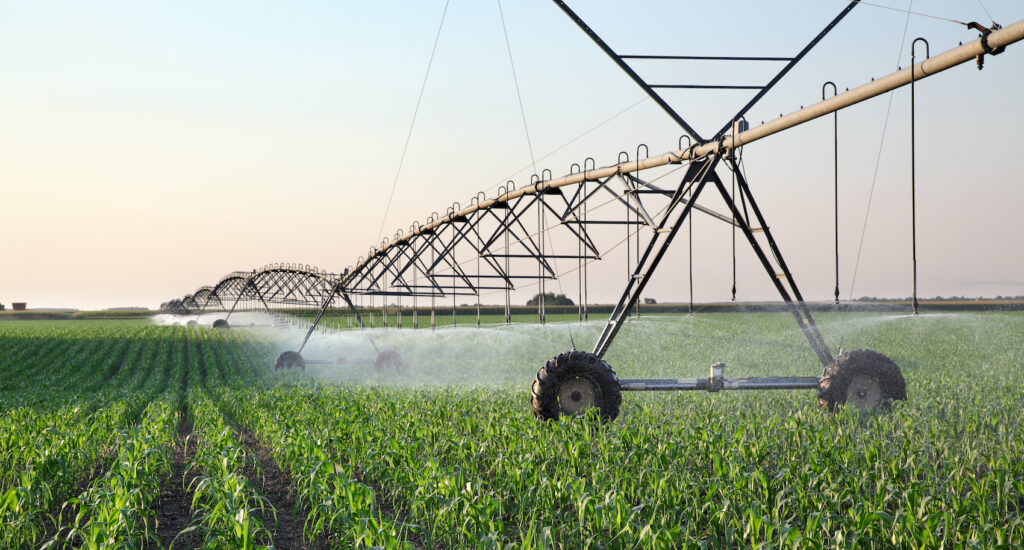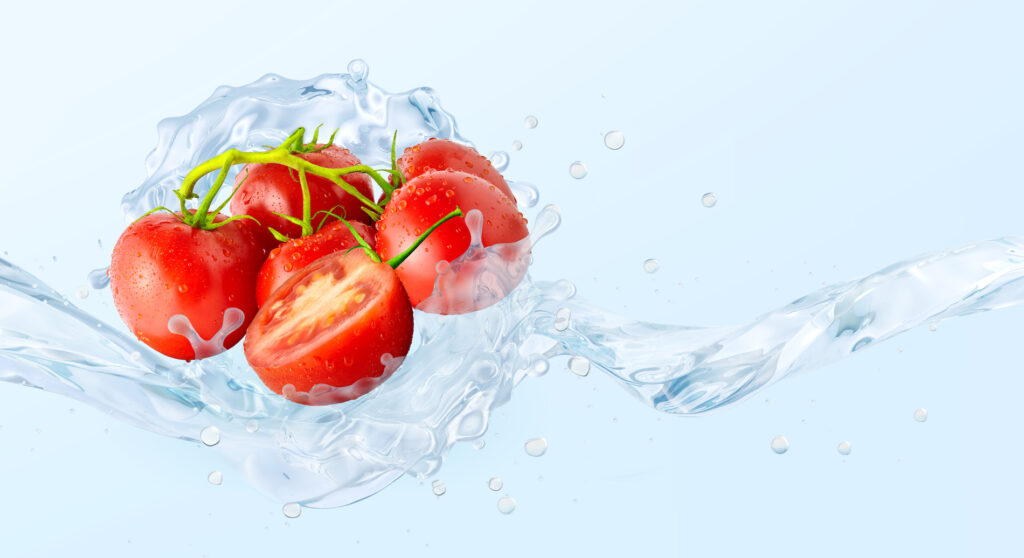How Much Water are We Actually Using?
By Mark Wheeler

What is a Water Footprint & Why is it Important?
A water footprint measures how much water is consumed directly and how much is used when producing goods and services – from the water we use in our homes for drinking, washing, and flushing to the water that is used to produce food, manufacture products, and make energy. For some products, this water footprint is more obvious than for others, but it applies to many products we may not expect. Water footprints can be used on various scales to track how much water a person or even a country is consuming. To many people located here on the East Coast of the U.S., water may seem to be an abundant resource, but this not the case everywhere and therefore tracking your water footprint can be an important step in conserving this limited resource.

Water footprints look at both direct and indirect uses of water. There are three different categories that make up water footprints, which are green water, blue water, and grey water. Green water includes water that is precipitated, evaporated, transpired, or incorporated by plants in some way. Items with a green water footprint consist primarily of agricultural or forestry products. Blue water is water that has been sourced from either surface or groundwater resources. This is the most common footprint associated with products and includes irrigated agriculture, industry, and domestic water uses. Finally, grey water is the amount of water it would take to dissolve and dilute pollutants and meet water quality standards for each product. It is important to consider all these categories to fully grasp water consumption.

Water Footprint of Common Products
Now that you have been introduced to what a water footprint is, let’s talk about some examples of common products that consume lots of water for their production. One great example of what comparing the water footprints of products can uncover is looking at different types of food. In the U.S. especially, meat is an important part of the food we eat, so let’s look at the water footprint of chicken and compare it to veggies. Vegetables require 322 cubic meters of water per ton of vegetables produced, which might seem like a lot, but that’s only until you look at chicken, which requires 4,325 m3/ton (Hoekstra, 2010). To put it in a more relatable unit for me and the others here in the U.S., that’s about 42.5 gallons of water per pound of vegetables and a massive 571 gallons of water per pound of chicken meat produced. This means that producing 1lb of chicken requires about 13 times more water than producing 1lb of vegetables. This large difference in how much water is required is because the water footprint not only includes the water that the chickens might drink, but also the water required to produce their food and the amount of water required to offset their waste. Vegetables on the other hand only include the water required to grow them and potentially some water required to offset any runoff from fertilizers used during production.
While you may have figured it out by now, all this information means that production of other common items, such as clothes have water footprints that include the water required to grow the crops used in these products. As another example of a water footprint, a single cotton t-shirt requires about 2700 liters (713 gallons) of water to produce, which is enough drinking water for one person to survive for about two and a half years.
What can you do to help?
Like me, after reading about water footprints, you might be wondering what you can do to help reduce your water footprint. The first thing you can do is try to find out how large your water footprint is. A good site to explore to figure this out for yourself is watercalculator.org.

According to the site, the U.S. average water use is 1,802 gallons/day per person. This should help give a reference for how much water is used daily. This can help you figure out exactly which areas of your life have the biggest impact on your water footprint. My personal water use is about 1,300 gallons/day, so try to beat me! The calculator site gives lots of helpful information on your water usage for both direct water uses (such as showers, sinks, and laundry), as well as for indirect uses (such as eating meat, driving). Some good ways to help lower your water consumption can include walking more, eating less meat, and using efficient laundry machines, sinks, and toilets. There are many ways you can help to reduce your water footprint in your daily activities, and they may not require as drastic a change in your routine as you might expect!
